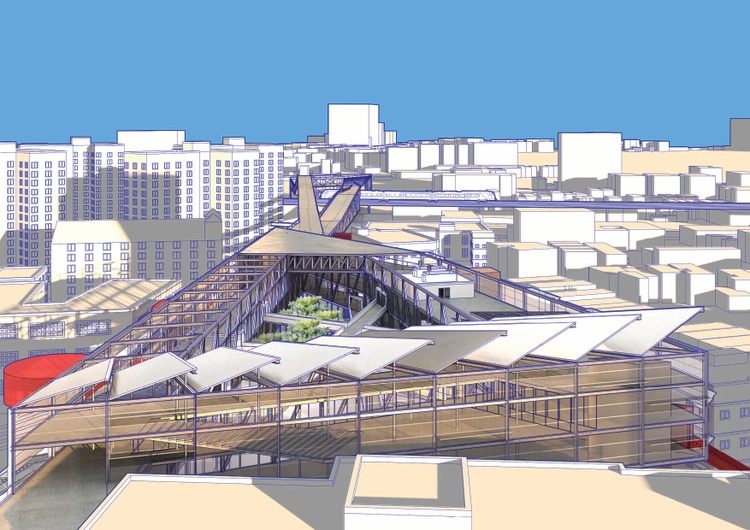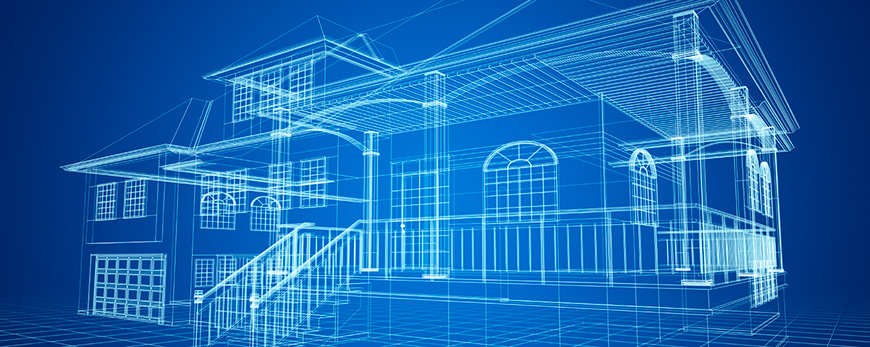Exactly How CDA Architects Deliver Cutting-Edge Solutions for Lasting Architecture
The Important Function of an Architect fit Sustainable Urban Environments for Future Generations
The role of an engineer in crafting sustainable urban atmospheres is progressively critical in responding to the difficulties of climate modification and urbanization. By perfectly incorporating eco-friendly concepts into their layouts, architects not just enhance the visual and useful quality of metropolitan spaces however also address pushing issues such as power efficiency and social equity.
Recognizing Sustainable Urban Design
Lasting city design incorporates eco-friendly principles with city preparation to produce settings that are not only habitable yet also resistant. This approach highlights the value of including natural systems right into the city material, making certain that advancement satisfies the demands of the existing without jeopardizing the capability of future generations to fulfill their very own requirements. Crucial element of lasting urban design include reliable land use, the promotion of biodiversity, and the combination of green spaces, all of which contribute to enhanced quality of life for locals.
Additionally, sustainable city design focuses on the decrease of the metropolitan warm island effect, enhanced air top quality, and reliable stormwater monitoring. It urges making use of renewable energies and energy-efficient building techniques, which substantially reduced carbon footprints. Lasting metropolitan layout promotes social equity by producing available public areas and promoting mixed-use advancements that cater to diverse populations.
Via thoughtful preparation and ingenious design approaches, lasting city settings can enhance area resilience versus climate change while cultivating economic growth. This alternative method not just addresses prompt urban obstacles yet likewise prepares for much healthier, a lot more sustainable cities for generations ahead.
Secret Obligations of Architects
Designers play a critical role in forming sustainable city atmospheres by translating style principles right into concrete frameworks and areas. Their responsibilities include a variety of tasks that add to the total success of metropolitan layout projects.
Firstly, engineers carry out complete site analyses to recognize the environmental, social, and cultural context of their projects. This foundational knowledge notifies their layout decisions, ensuring that structures integrate with their surroundings. They likewise take part in collaborative processes with stakeholders, consisting of city planners, engineers, and the neighborhood, cultivating an inclusive technique to urban advancement.
In addition, engineers are tasked with producing designs that optimize energy efficiency, resource conservation, and performance. They need to abide by regional zoning laws, building codes, and sustainability accreditations, guaranteeing conformity while pushing the limits of development.

Ingenious Materials and Techniques
In the search of ecologically accountable design, innovative products and strategies have emerged as vital aspects in the creation of lasting metropolitan environments. Architects are increasingly utilizing products that lessen environmental influence while improving power efficiency. Recycled materials, such as reclaimed wood and repurposed steels, not just lower waste yet also include unique visual qualities to frameworks.
In addition, improvements in modern technology have resulted in the growth of high-performance materials, such as shielded concrete forms (ICFs) and photovoltaic glass, which contribute to power preservation and harness renewable resource. Strategies such as easy solar design and eco-friendly roofing systems additionally exhibit how architecture can balance with natural systems, minimizing dependence on artificial heating and cooling.
Additionally, the combination of clever products, which adjust to ecological changes, provides appealing opportunities for enhancing structure performance - cda architects. These products can react to temperature variations or dampness degrees, maximizing convenience and sustainability
Eventually, the tactical choice and application of innovative materials and techniques equip engineers to create urban areas that are not just practical and aesthetically pleasing yet additionally resilient and ecologically accountable, ensuring a sustainable future for generations to come.
Community Involvement and Collaboration
The success of ingenious products and techniques in sustainable city design is significantly improved by energetic area engagement and cooperation. Architects should recognize that the developed atmosphere exceptionally impacts the lives of neighborhood residents, making it vital to entail them in the layout procedure. Engaging the area promotes a sense of ownership and liability, ensuring that advancements not only satisfy aesthetic and functional requirements but also mirror the worths and goals of those who inhabit them.

Effective community engagement likewise helps in focusing on social equity within city development. By taking into consideration the voices of marginalized populaces, designers can produce areas that are inclusive and fair. This way, community interaction and collaboration come to be indispensable to accomplishing truly lasting urban environments that serve the demands of existing and future generations.
Future Trends in Lasting Design

Additionally, innovations in innovation are forming future fads in sustainable design. The assimilation of clever materials and structure systems enables real-time power administration, improving effectiveness and reducing carbon footprints. resource Advancements such as green roofings, living walls, and energy-generating exteriors are becoming standard methods, better advertising eco-friendly balance within city environments.
Moreover, a change in the direction of biophilic design is acquiring traction, emphasizing the link between nature and human wellness. By integrating natural environments, designers develop rooms that cultivate psychological health while promoting biodiversity.
Verdict
To conclude, view it now engineers are essential ahead of time lasting metropolitan atmospheres via their proficiency in style, ingenious products, and neighborhood interaction. By prioritizing energy effectiveness and resource conservation, these professionals contribute to the creation of resilient urban spaces that meet the needs of present and future generations - cda architects. The integration of environmental principles not only improves livability yet also fosters social equity, guaranteeing developments reverberate with the worths and ambitions of the communities they serve